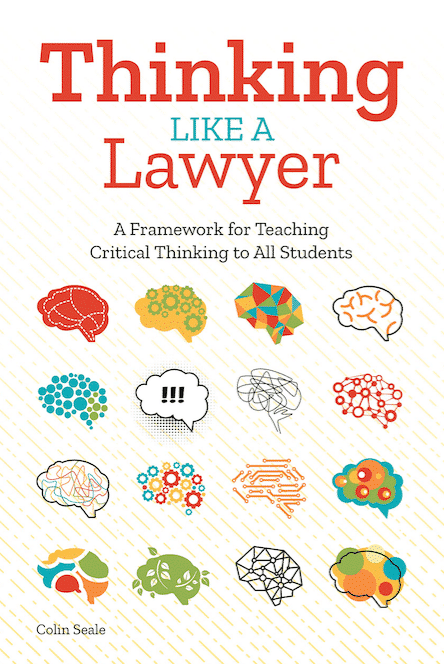The few weeks between Thanksgiving and Christmas can be both the fastest and the slowest! There’s so much to do in your life to prepare for the holidays that sometimes finding the time to create high-interest, engaging lesson plans can be tough!
When we think about how we want to students to form an argument it follows a specific flow. We want them to make a claim. We want them to support that claim with relevant and accurate facts. They need to present both sides of an issue, discuss the larger impact, and then write a conclusion. Our writing lessons teach students how to incorporate all of these elements with an easy to use framework that we call DRAAW + C.
This holiday season guide your students through the DRAAW+C framework while writing about real-life court cases involving all of the craziness and drama that accompany the fun.
– A family with a holiday lights display that would make Clark Griswald jealous
– A bootleg hoverboard that burned down the house!
– Inmates complaining that holiday music was cruel and unusual punishment
– A jewelry store promises that all holiday purchases would be free if 3 inches of snow fell on Christmas Day. Three inches did not fall- it was closer to six!
– A woman who was trampled on black Friday trying to catch a deal on a tablet.
The writing activities are accompanied by PowerPoint slides allowing maximum flexibility. Go through the lessons as a whole-group guided lesson and discussion. Break students into small groups and assign each group a different case. Allow students to pick a case and work independently!
This holiday season give yourself the gift of time and let us do you your lesson planning!
To check out “Don’t Be a Grinch” click here.
To learn how your school or organization can adopt thinkLaw’s standards-aligned program that helps educators teach critical thinking to all students, please click here to schedule a time to speak with someone on the thinkLaw team, call us now at (702) 318-7512 or join us on our next webinar; Thinking Like a Lawyer: Powerful Strategies to Teach Critical Thinking to All Students







Leave a Reply